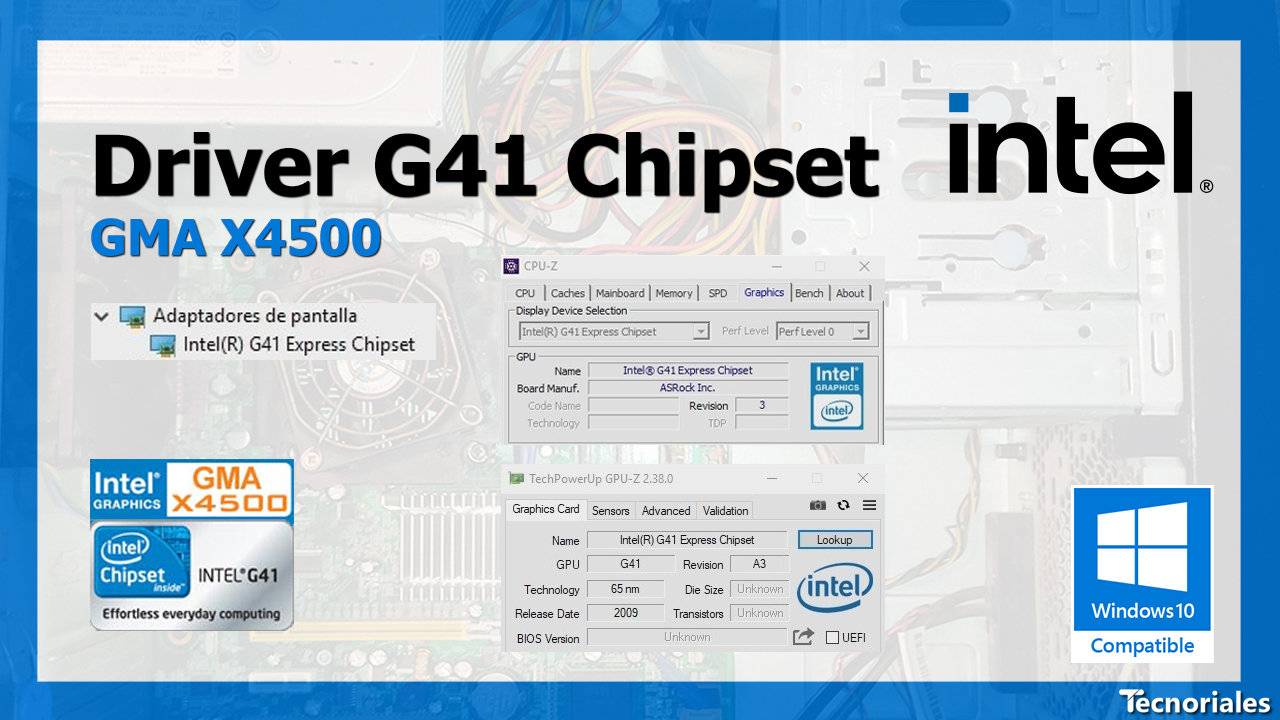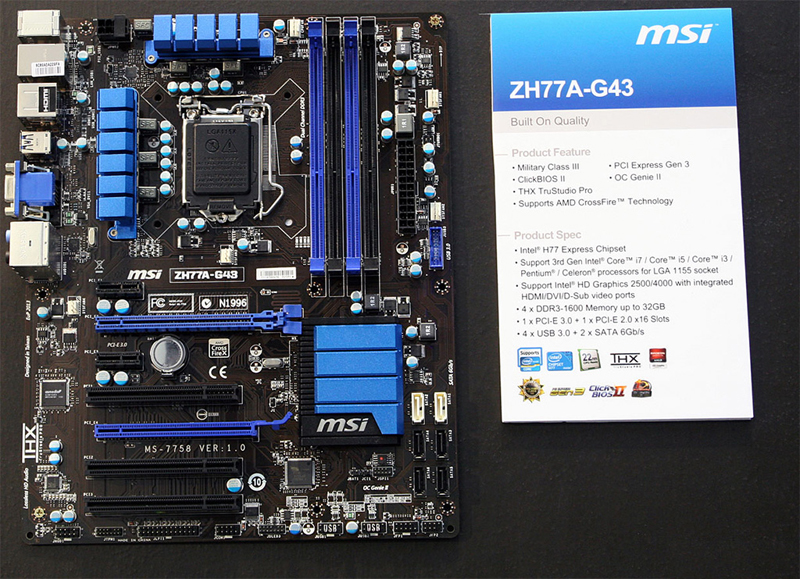
^ 'Intel Q43 Express Chipset - Overview'. ^ a b 'Quick Reference Guide to Intel Integrated Graphics'. 'Intel talks up 'Eaglelake' DX10 chipset GPU tech | Register Hardware'. ^ Intel, Intel 82GM965 OpenGL compatibility, retrieved JanuArchived March 24, 2010, at the Wayback Machine. ^ a b Intel, X3100 supports DirectX 10.0 and Shader Model 4.0, retrieved February 10, 2013. #Intel g45 g43 express chipset comparison Pc
^ 'Intel Graphics - Built for mainstream Desktop and Mobile PC Users' (PDF). 'Asus P5E-VM HDMI motherboard|Register Hardware'. Intel's G965 Express chipset, Tech Report, April 5, 2007. ^ '2006 Intel Desktop Motherboard Roadmap'. ^ 'Intel G965 with GMA X3000 Integrated Graphics - Intel GMA X3000 Graphics Subsystem - CPUs, Boards & Components by ExtremeTech'. ^ 'Intel's Next Generation Integrated Graphics Architecture - Intel Graphics Media Accelerator X30 White Paper'. ^ 'Intel's Next Generation Integrated Graphics Architecture – Intel Graphics Media Accelerator X30' (PDF). ^ 'Product brief: The Intel 946GZ Express Chipset' (PDF). ^ 'HD Graphics Quick Reference Guide'. 'Intel G965: microATX Performance Update'. ^ a b c d 'Supported Graphics APIs and Features'. In a review published in May 2008, the GMA X4500 showed a superior game performance to the lowest-end 1-year-older GeForce 8400Mgraphics card in some CPU-bound tests, while losing to the still low-end GeForce 8400M GS with a slower CPU. While GMA performance has been widely criticized in the past as being too slow for computer games, sometimes being nicknamed Intel GMD (Graphics Media Decelerator) and being essentially referred to as the world's first 'graphics decelerator' since the S3 ViRGE, the latest GMA generation should ease many of those concerns for the casual gamer. Many of the advantages of the new GMA architecture come from the ability to flexibly switch as needed between executing graphics-related tasks or video-related tasks. 
The 4th generation of GMA combines fixed function capabilities with a threaded array of programmable executions units, providing advantages to both graphics and video performance.

However, with the introduction of Intel's 4th generation of GMA architecture (GMA X3000) in 2006, many of the functions are now built into the hardware, providing an increase in performance. The original architecture of GMA systems supported only a few functions in hardware, and relied on the host CPU to handle at least some of the graphics pipeline, further decreasing performance.






 0 kommentar(er)
0 kommentar(er)
